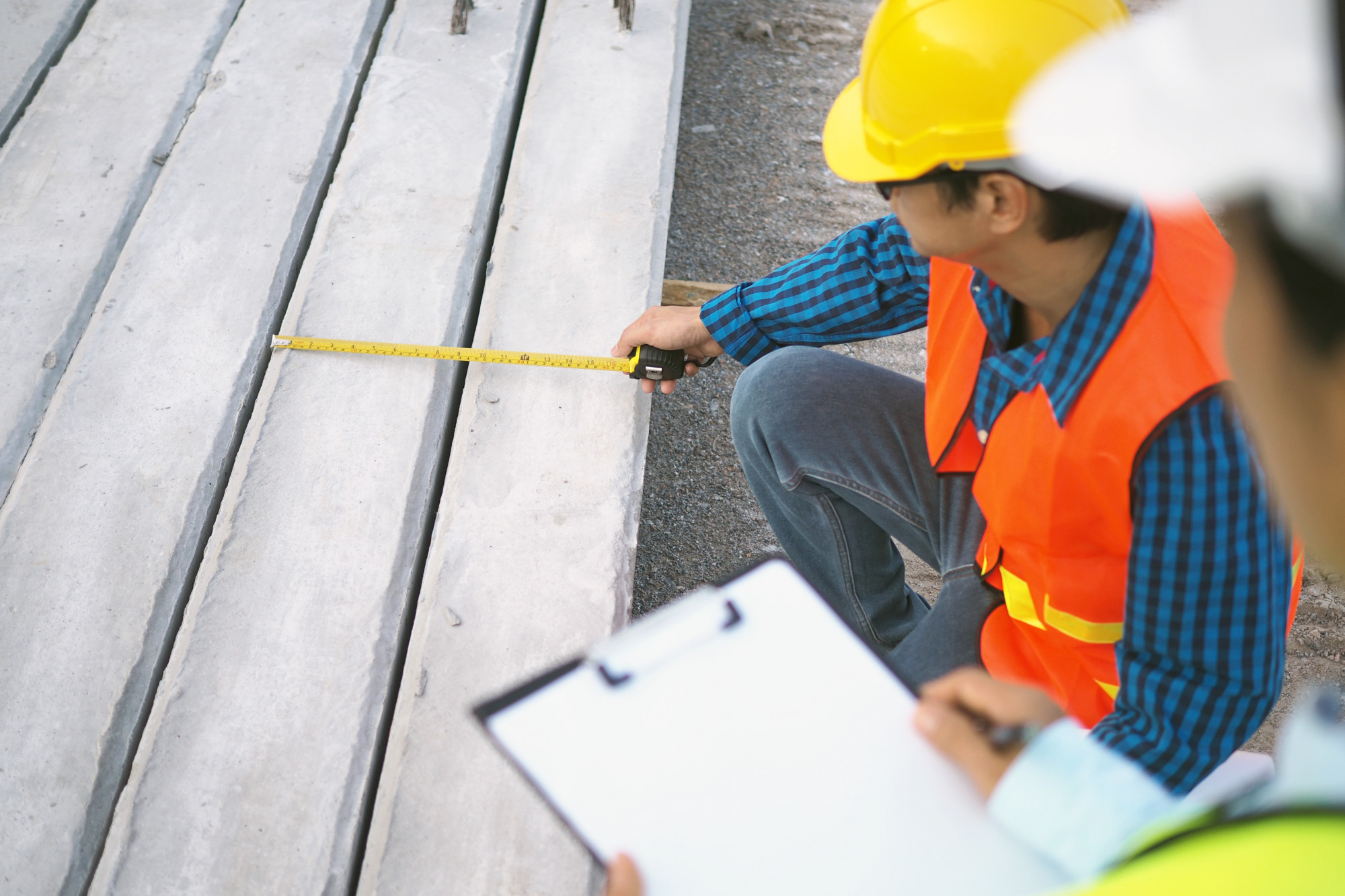If you live in Florida, you know the state’s weather can be unpredictable and sometimes unforgiving. From scorching heat waves and high humidity to powerful storms and hurricanes, your roof takes a beating year-round. But how often should you have your roof inspected in Florida? The short answer: at least once a year, and ideally before and after hurricane season. Here’s why regular inspections are crucial for your home’s longevity and safety.
Florida’s Unique Climate Challenges
Florida is known for its subtropical climate, which brings heavy rains, strong winds, intense UV exposure, and the constant threat of hurricanes. Each of these elements can cause gradual wear and tear or sudden damage to your roof. Even the smallest issues, like a loose shingle, can escalate into significant problems over time. Regular roof inspections can catch these minor problems before they turn into costly repairs or replacements.
Why You Need Annual Inspections
A professional roof inspection once a year is highly recommended to ensure your roof remains in peak condition. Here are the primary reasons:
-
Spotting Hidden Issues Early
– Not all roofing damage is immediately visible. Hidden issues, such as small leaks, cracks, or mold growth, can go unnoticed until they cause significant damage. An annual inspection can identify these problems early on.
-
Maintaining Home Value and Insurance Compliance
– Some insurance policies require regular roof inspections to maintain coverage. Furthermore, a well-maintained roof increases your home’s resale value and can even reduce insurance premiums.
-
Ensuring Compliance with Wind Mitigation Standards
– Florida has stringent building codes to minimize hurricane damage. Regular inspections can help ensure your roof complies with the latest wind mitigation standards, offering better protection during storms and potentially lowering your insurance costs.
Timing Matters: Before and After Hurricane Season
Pre-Hurricane Inspection:
The months leading up to hurricane season (June to November) are an excellent time for a proactive inspection. This ensures that your roof is strong enough to withstand high winds, heavy rain, and flying debris.
Post-Hurricane Inspection:
Once the storm season has passed, scheduling a follow-up inspection can help identify any damage caused by severe weather. This is crucial, as even seemingly minor issues can lead to major leaks or structural problems over time.
What Happens During a Roof Inspection?
During a professional roof inspection, a qualified contractor will check for:
– Loose or Missing Shingles or Tiles: Damaged shingles are one of the first indicators of roof wear or storm damage.
– Leaks and Water Damage: Moisture buildup can lead to mold, rot, and structural issues.
– Gutter Condition: Clogged or damaged gutters can compromise the roof’s drainage system, leading to water pooling.
– Flashing and Seals: Inspectors check around vents, chimneys, and skylights to ensure there are no gaps or loose seals that could let in water.
– Structural Integrity: Your inspector will assess for sagging areas, cracked beams, or any other signs of structural damage.
DIY vs. Professional Inspections
While it’s always good to keep an eye on your roof from the ground, climbing up there yourself can be risky and may lead to incomplete assessments. Hiring a professional ensures a thorough inspection, using their expertise and tools to identify hidden or hard-to-reach issues. Plus, their report is often more credible when working with insurance companies for claims.
Key Takeaway: Be Proactive, Not Reactive
In Florida, where weather extremes are the norm, proactive roof maintenance is a must. Scheduling inspections at least once a year, particularly around hurricane season, can protect your investment, extend the lifespan of your roof, and offer peace of mind. Regular check-ups today can prevent costly repairs tomorrow.
If you haven’t scheduled your next inspection yet, now is the perfect time to do so. Don’t let Florida’s intense climate take its toll on your home—ensure your roof is ready for whatever Mother Nature throws its way!

